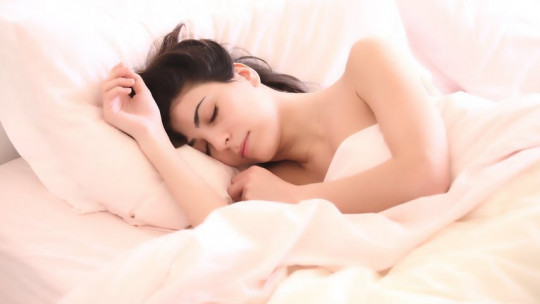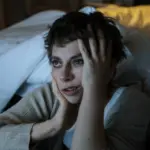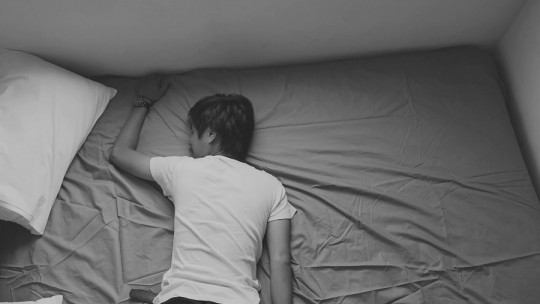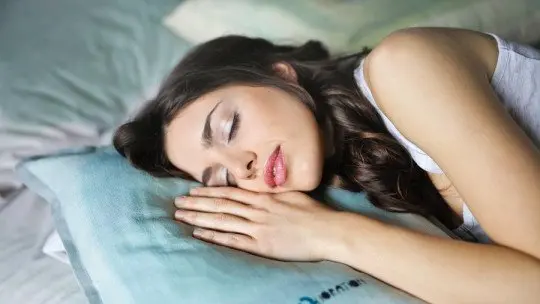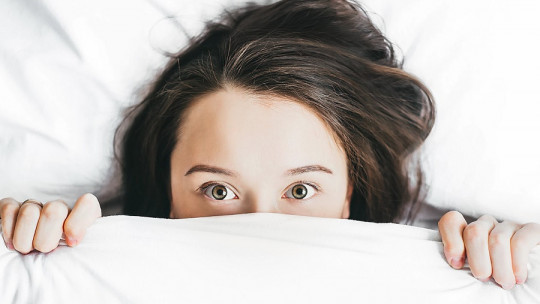
Sleep is an essential biological process for life. However, it is also a facet of daily life that lends itself to developing specific disorders.
There are different sleep disorders that prevent us from having a restful sleep and that affect our daily life with various symptoms that were already mentioned in another article previously.
Sleep disorders: what are they?
As their name indicates, sleep disorders are psychological alterations that negatively affect people’s quality of life and that They appear when you fall asleep or try to sleep..
This means that suffering from one of these problems for a prolonged period can lead to other health complications derived from it, especially in the case of sleep disorders that prevent you from sleeping well. We must not forget that not getting enough sleep, in the long run, leads to significant cognitive wear and tear, and increases the risk of suffering from physical and mental pathologies.
Types of sleep disorders
Here you will find a summary of the sleep disorderswith its main symptoms and distinctive characteristics.
1. Insomnia
Among the most common disorders we find insomnia, which affects 25% of the population. It may be due to certain underlying disorders such as depression or anxiety. Insomnia is defined as the inability to fall asleep and stay asleep throughout the night. Each person needs certain hours to feel rested, although between 7 and 9 hours is normal.
People with insomnia usually feel sleepy throughout the day, which affects their daily life, and at night it will be difficult for them to fall asleep again despite their fatigue. Inside insomnia; the so-called “effect”restless legs” consists of tingling in the legs that forces the patient to move them. It occurs at night and makes it difficult to sleep.
2. Sleep apnea
It is a common disorder in which the person who suffers from it makes a pause in breathing during sleep. It usually lasts little and the person regains normal breathing with loud snoring. It is generally a chronic disorder that disturbs sleep since it occurs in the REM phase and goes into light sleep, causing the person to not rest properly.
The first to notice this symptom is usually a family member since the person does not realize this. The most common type is obstructive sleep apneawhich is due to an obstruction in the airways that prevent air from passing through. It is normally more common in overweight people.
If it is not treated correctly there can be serious consequences because during periods of anoxia (lack of air in the brain) neurons associated with sleep can be damaged. And increase the chance of suffering a heart attack.
Other less common disorders are narcolepsy and the cataplexy.
3. Narcolepsy
This neurological disease is due to a brain abnormality that alters the neural mechanisms of sleep; It consists of sudden episodes of sleep during waking hours, being able to fall asleep for 2-5 minutes anywhere and waking up feeling clear-headed. It can occur while driving, talking, or simply walking. These people lack slow wave sleep and go directly into the REM phase. Narcolepsy can also occur in dogs.
Within this disease we find some variants such as cataplexy: It is a total paralysis that occurs during wakefulness. The person suffers muscle weakness and may become totally paralyzed and fall to the ground. What happens is that the phenomenon of REM sleep occurs at an inappropriate time. The person is conscious during these crises.
4. Behavioral disorders associated with REM sleep
In REM sleep we are physically paralyzed. If it weren’t for that paralysis we would represent our dreams.
In the disorder associated with REM sleep (which is a neurodegenerative disease) patients represent your dreamsgetting up and moving without being aware of it. The patient may be injured.
4. Disorders associated with slow wave sleep
During this phase, specifically in phase number 4 of sleep (one of the deepest), some people suffer from maladaptive behaviors; such as sleepwalking, nocturnal enuresis (bed-wetting) and night terrors. In the case of enuresis, it is a type of alteration that occurs very frequently in boys and girls.
5. Sleepwalking
In children it is usually due to fatigue, lack of sleep or anxiety; In adults it can be due to mental disorders, alcohol among others. These people can get up and walk around normally, perform actions… these episodes are usually very brief and if they are not woken up they will go back to sleep but they can stay asleep in any different place.
Within sleepwalking there is sleep-related eating disorder; The person eats while he is asleep. To prevent this, they usually keep food locked up.
6. Night terrors
Night terrors are most common in children between 3 and 7 years old. The child may be sweating or breathing heavily, in shock, and very disoriented.
In short, a restful sleep is needed to be 100% in our daily lives. That is why, if you suffer from some of the symptoms described, consult with your doctor and he will be able to diagnose you properly and take action if necessary. Many of these disorders have highly effective treatments.
- Learn more about night terrors: “Night terrors: panic during sleep.”
Bibliographic references:
- Mathias, J.L.; Alvaro, P.K. (2012). Prevalence of sleep disturbances, disorders, and problems following traumatic brain injury: A meta-analysis. Sleep Medicine. 13(7): pp. 898 – 905.
- Mai E, Buysse DJ (1 January 2008). “Insomnia: Prevalence, Impact, Pathogenesis, Differential Diagnosis, and Evaluation.” Sleep Medicine Clinics. 3(2): pp. 167 – 174.
- Meltzer, Lisa J.; Johnson, Courtney; Crosette, Jonathan; Ramos, Mark; Mindell, Jodi A. (2010). Prevalence of Diagnosed Sleep Disorders in Pediatric Primary Care Practices. Pediatrics. 125 (6): e1410–e1418.
- Roepke, S.K., & Ancoli-Israel, S. (2010). Sleep disorders in the elderly. The Indian Journal of Medical Research, 131: pp. 302 – 310.
- Thorpy, M.J. (2012). Classification of sleep disorders. Neurotherapeutics, 9(4): pp. 687 – 701.

